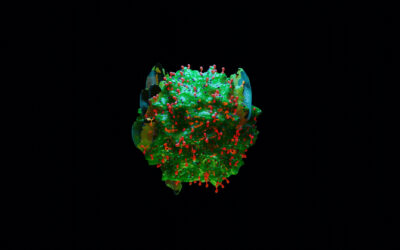Tempo-iMSC™
Human iPSC-derived Mesenchymal Stem Cells
Tempo-iMSC™
Human iPSC-derived Mesenchymal Stem Cells
Mesenchymal stem cells (“MSCs”) are non-haematopoietic, multipotent stromal stem cells that can differentiate into a variety of cell types, including: osteoblasts, chondrocytes, myocytes, and adipocytes. Tempo-iMSCTM are human iPSC-derived mesenchymal stem cells. Tempo-iMSCTM express cell surface markers such as CD73, CD90, CD166, and CD105, in addition to Oct4 and Nanog. This expression profile is predictive of the long-term proliferative capacity of cultured human MSCs (see reference: here). MSCs have immunomodulatory features, secrete cytokines and immune-receptors which regulate the microenvironment in the host tissue and they have multi-lineage potentials for a variety of cell types. MSCs can be used in a variety of screening applications, from screening biologics and small molecules to siRNAs. Due to MSCs’ ability to self-renew (= growth without differentiation), they are easily scalable for running large-scale assays.
NEW! For scientists working on exosomes, please email us for conditional media for exosome extractions and biomarker validations.
NEW! For scientists working on CD34+ HSCs, please email us regarding Tempo-iHSCTM (SKU214; Custom Requests Only).
Applications
Tempo-iMSC™ are intended for basic scientific research, drug discovery and therapeutics development use only. It is not a product for human testing or diagnostics.
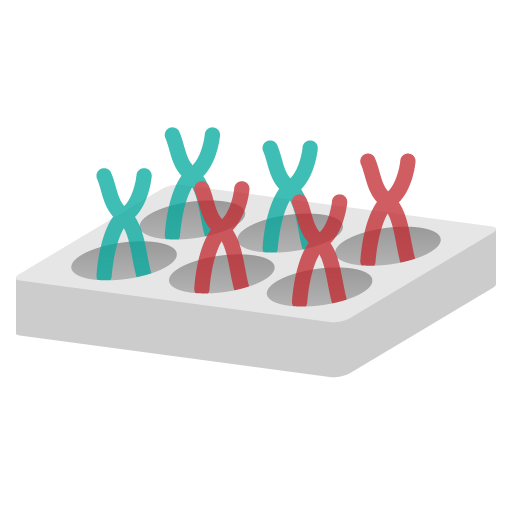
Phenotypic Assays

High Content Imaging
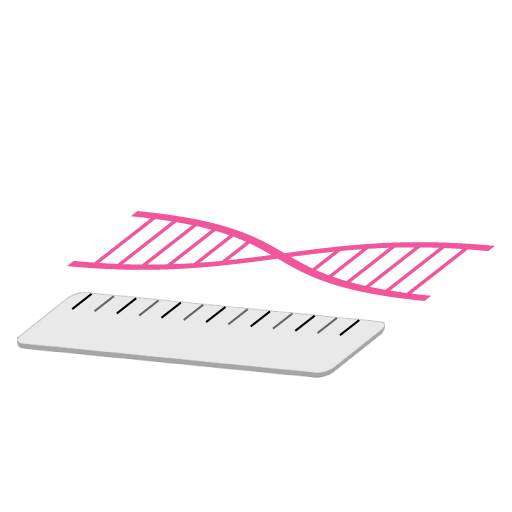
Biomarker Discovery
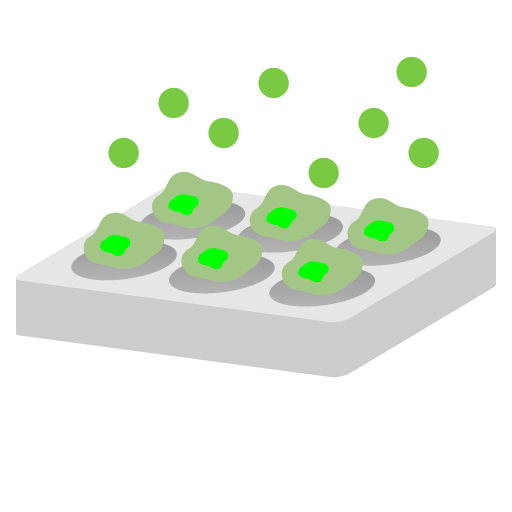
Cytotoxicity Assays
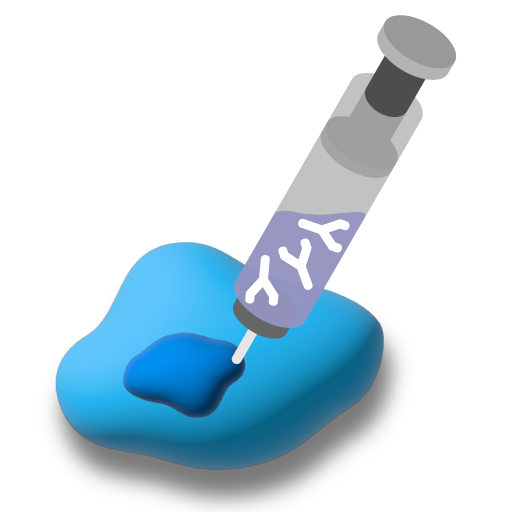
Target Validation
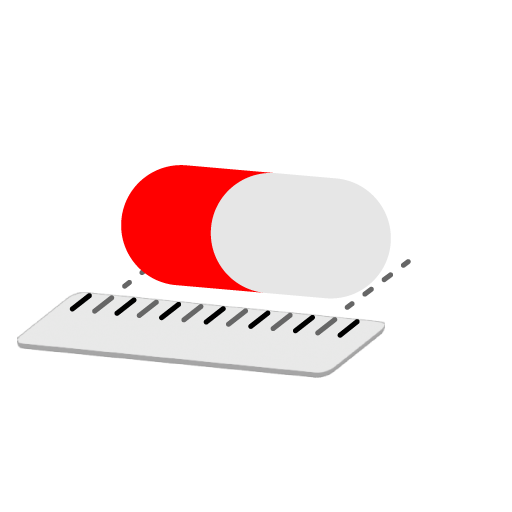
Lead Optimization

Investigative Toxicology

Nonclinical Efficacy Evalutions
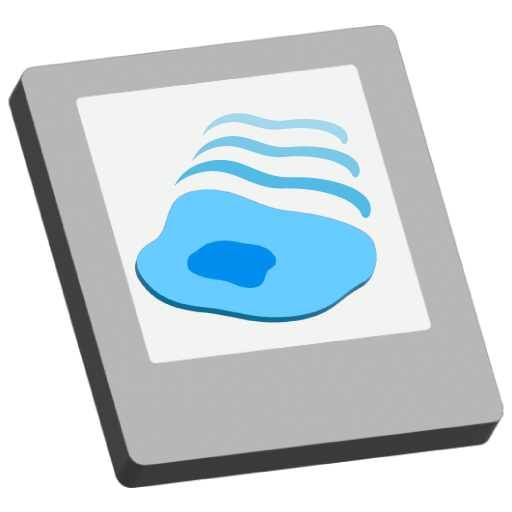
Live-cell Imaging
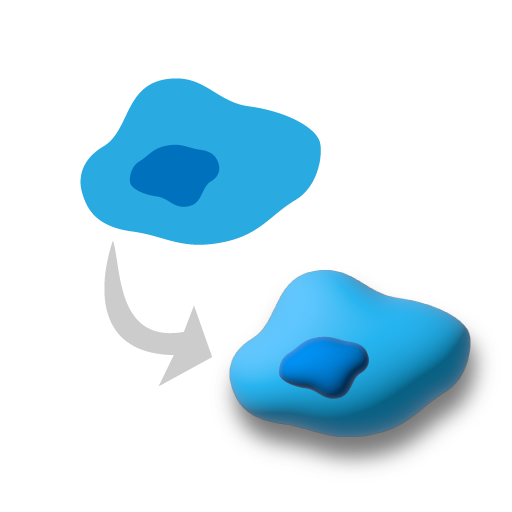
2D & 3D Cell Culture
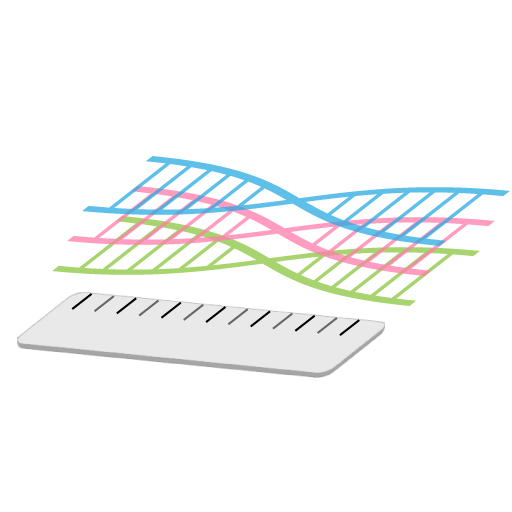
Biomarker Authentication
Specifications
~1.25 x10^6 cells per 1ml of freezing medium (vial)
Long-term Storage: liquid nitrogen
Growth Properties: adherent monolayer
Storage: remove cryovials (dry ice packaging) and place the vial into liquid nitrogen for storage. Alternatively, thaw and use the cells immediately.
Technology used: in-house developed proprietary serum-free, virus-free, nucleic-acids-free, feeder-free, and integration-free technology.
Starting Materials: human dermal/fibroblast cells
QC: Sterility, Safety (BioSafety Level 2), HIV/viruses, bacteria, fungi: negative. Cell viability post-thawing (>90%)
Tempo-iMSC™ SKU209
Resources
Tempo-iOligo™: Major study identifies TMEFF1 as a critical factor for HSV-1 replication in the central nervous system
Tempo-iOligo™was cited in Nature in a major infectious disease study that offers the first explanation as to why herpes simplex virus 1 (HSV-1) infection in the brain is very rare, despite the fact that most of us have been infected with the virus....
Blood Brain Barrier and Inflammatory Cell Types in the Human CNS
In our last article, we introduced mast cells, their origins and morphology, and summarized how they are activated during IgE-mediated allergic responses. Here, we shift gears and explore how mast cells, together with microglia and the blood brain...
Cell of the Month: Mast Cells
Mast cells are tissue-resident immune cells derived from the myeloid lineage, and along with basophils, eosinophils and neutrophils, they belong to the granulocyte family of white blood cells. First discovered and named almost 200 years ago by...



